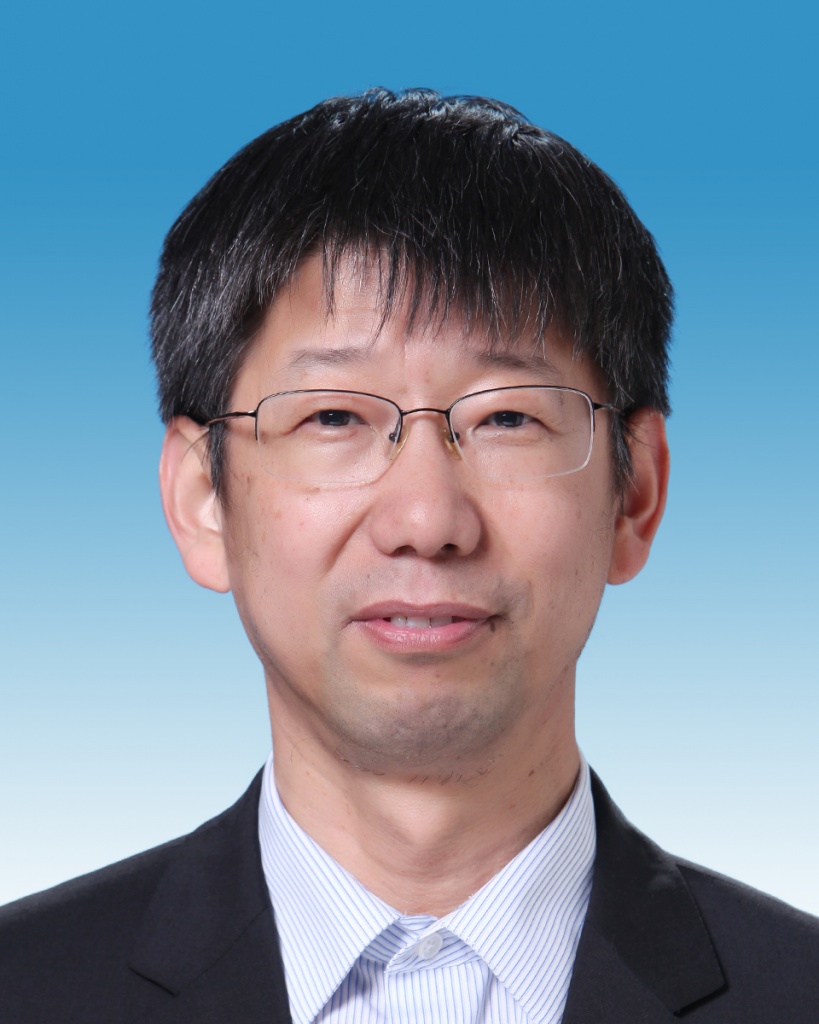Meet the AGROVOC editorial community
18/10/2021

FAO/ David Mansell-Moullin
An interview with Xuefu Zhang, Professor in the Director Division of AII at CAAS, and AGROVOC editor of Chinese

When did you start your experience in AGROVOC and how are you engaging with it?
The cooperation between the Chinese Academy of Agricultural Sciences (CAAS) and the Food and Agriculture Organization (FAO) on AGROVOC began in 2002, starting with the translation into Chinese of AGROVOC concepts and terms. Then, CAAS aligned AGROVOC with the Chinese Agricultural Thesaurus (CAT) and published the alignment results as a Linked Open Data (LOD) set.
Today CAAS is still committed to the ongoing maintenance of AGROVOC Chinese contents. So far, 32 000+ concepts have been translated to Chinese and more than 20 000 concepts have been aligned to CAT.
What has been the most important achievement of being part of the editorial community?
Being part of the AGROVOC community, editing and communicating with international peers on such a global platform has been very beneficial for CAAS. This has improved CAAS compiled techniques to construct multilingual thesaurus, and was also helpful for adapting and establishing standards for multilingual thesaurus compilation. CAAS considers AGROVOC as a best practice regarding research on thesaurus maintenance mechanism and application. What’s more, CAAS can learn and share the latest progress, ideas, and experiences about Knowledge Organization Systems (KOS) and editing tools with editors and experts, face to face or online.
How does your work in AGROVOC benefit your organization?
For CAAS, AGROVOC represents a valuable and important tool. As a continuous maintenance knowledge organization tool in the field of agricultural science and technology, it is used in combination with semantic technologies to efficiently organize and manage CAAS information resources. Few years ago, CAAS integrated the Chinese literature of the National Agricultural Library (NAL) in AGRIS to interlink and mashup multilingual agricultural data semantically based on the Chinese Agricultural Thesaurus, AGROVOC and their mappings. Its application helps researchers to discover the global information and knowledge in multilingualism, and promotes the dissemination and impact of CAAS institutional knowledge assets on a global scale.
CAAS can increase the recall accuracy of the search strategy thanks to the FAO thesaurus, thereby resulting in improving the analysis efficiency, and it would lay a solid foundation in the data perspective, to improve the trend analysis, trend forecasting, and scientific and technological evaluation.
What was your last contribution to AGROVOC as editor?
It is a very typical concept and its revision makes a lot of sense to CAAS: “pest management”. At present, China is striving to improve its national biosafety management capacity and strengthen the construction of a national biosafety risk prevention and control system. CAAS plays an important role in this process, and it hopes to share its advanced knowledge and technology with researchers around the world. However, with the development of the crop protection field, the term “pest management” has now a richer connotation. In the past, CAAS translated it to “害虫治理”, just focusing on insects, but now the translation has been revised to “有害生物治理”, extended to animals, plants, bacteria and fungi. It is believed that the revision of the term will improve the visibility and accessibility of relevant technologies.
Do you have a favorite term in AGROVOC?
“Quality controls” is my favorite term in AGROVOC, as it is a very important concept in the compilation and maintenance of the thesaurus. With this in mind, quality control of existing Chinese content in AGROVOC has been a priority in the last year.
About CAAS
CAAS is a national, integrative agricultural scientific research organization with responsibility of carrying out both basic and applied research, as well as research into new technologies impacting agriculture. It was established in 1957 and headquartered in Beijing, and oversees 42 institutes, of which 32 are direct affiliates.
CAAS is dedicated to promoting sustainable agriculture within and outside China, building up its technological and knowledge capacity, with the aim of being a primary source of expertise and innovation in agricultural science and technology in China. CAAS is also seeking to establish further international collaboration and large-scale cooperation in agricultural research, in an effort to accelerate the pace of innovation and make significant contributions to eliminate poverty and hunger in the world.
The Agricultural Information Institute (AII) of CAAS, also established in 1957, is a national nonprofit research institution, with the mission of advancing scientific innovation in the field of agricultural information and providing agricultural information services in the country. It is the center of national agricultural science data, of national agricultural information technology innovation and of national agricultural information analysis and early-warning. It is also responsible for the running of the NAL of China.
